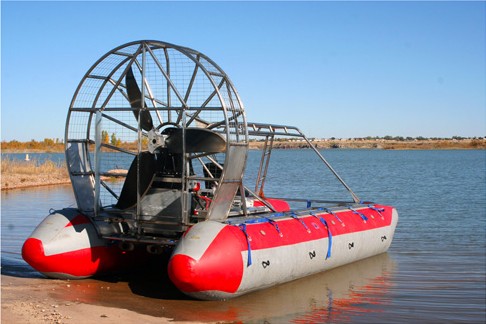The hydrostatic pressure P at a distance h below the surface of a fluid is given by
P = P0 + g h where P0 is the pressure at the surface of the fluid and is the density of the fluid.
The hydrostatic pressure exerts a normal force on all surfaces in contact with the fluid. As a result
there is a net upward force, called the Buoyant Force FB, whose magnitude is equal to the weight
of the fluid displaced, a relationship known as Archimedes’ Principle.
FB = g V
Temperature affects density, since cold water is more dense than hot water, there will indeed by more
buoyancy of your boat in cold water. ...and yes, you could say the water is "harder" but that's a very inaccurate way of describing fluid density. The boat may indeed ride "rougher" but once again I doubt if it is discernable from a seat of the pants feel.
How the increase in bouyancy affects performance is anyone's guess, but my bet is it would be incredibly small given that we're only talking a spread of perhaps 40F? That really isn't significant...
There's probably more of an effect on speed due to a colder air intake charge and slightly upped horsepower, and potentially the prop having more "bite" as well.
Think I'll go have a beer or a hundred.

I've always wanted to mount an air boat engine on the back of a pontoon boat and take it for spin on a snow covered lake.

This 450 hp engine and prop combination should do the trick.


- 450 hp airboat engine.jpg (45.01 KiB) Viewed 2411 times
